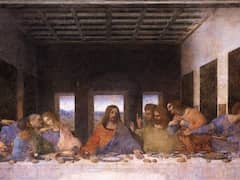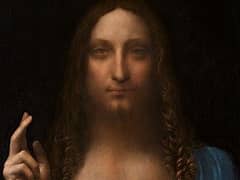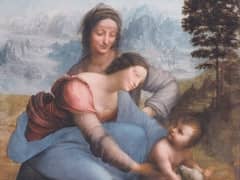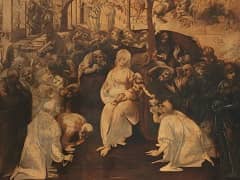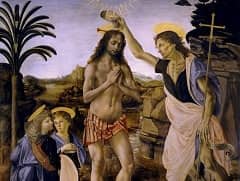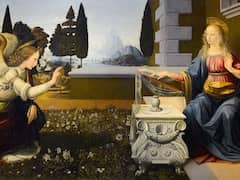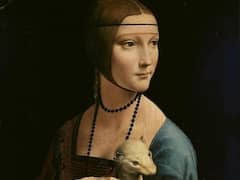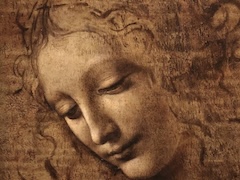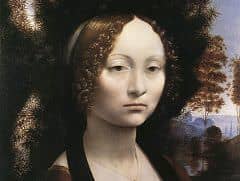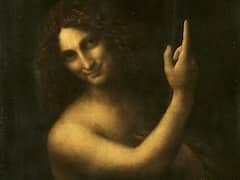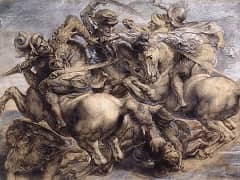Madonna of the Carnation - by Leonardo da Vinci
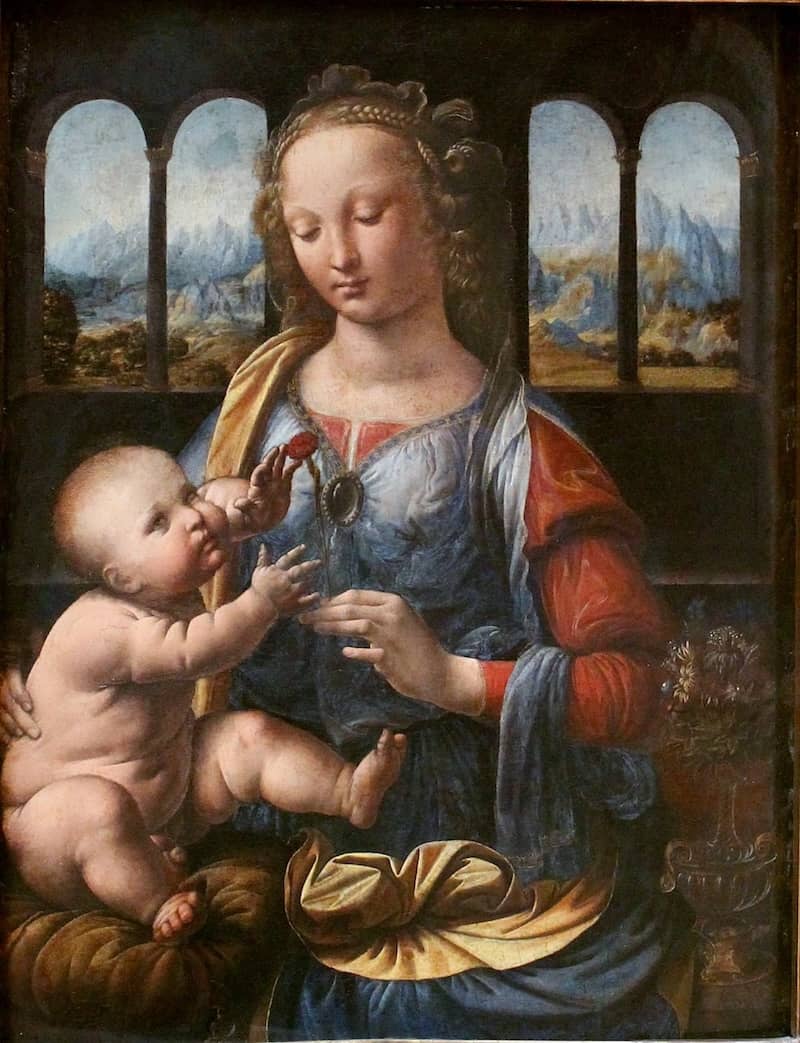
In Madonna of the Carnation Jesus reaches out awkwardly for the flower held delicately in Mary's fingers. Like all infants he looks yet unable to control his movements as he attempts to grasp the symbol of the Passion.
Showing strong similarities to Madonna with the Carnation it has a Venetian flavour and the style gives it a suggested date of around 1469. This coincides with the year Verrocchio made his trip to Venice, closely followed by Leonardo.
Dating from 1478-1480, this painting, also known as the Munich Madonna or the Madonna with the Vase due to the vase of flowers sitting beside her, is usually considered one of Leonardo's first autonomous works. Many scholars disagree on this point, but there are a number of elements which support the idea.
One of his drawings shows some of the details which appear in the Virgin's face, and the hair, left-hand of the Madonna, landscape, draperies and the cushion on which the child is seated are all typical of Leonardo, as is the use of chiaroscuro.
Unfortunately, Madonna with the Carnation has deteriorated badly and due to an improper restoration the surface has taken on a leathery look; this is especially obvious on the Madonna's face.
This painting in held in the collection of the Alte Pinakothek (translation: old art gallery. Pronounced: ALL-tuh peen-ah-ko-tek) in Munich, Germany.


